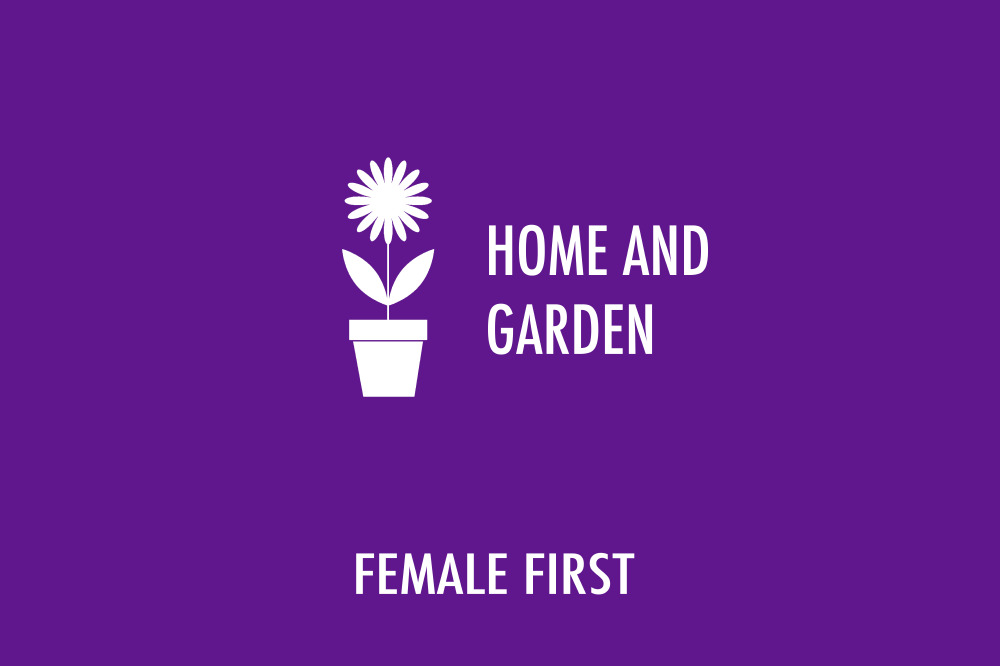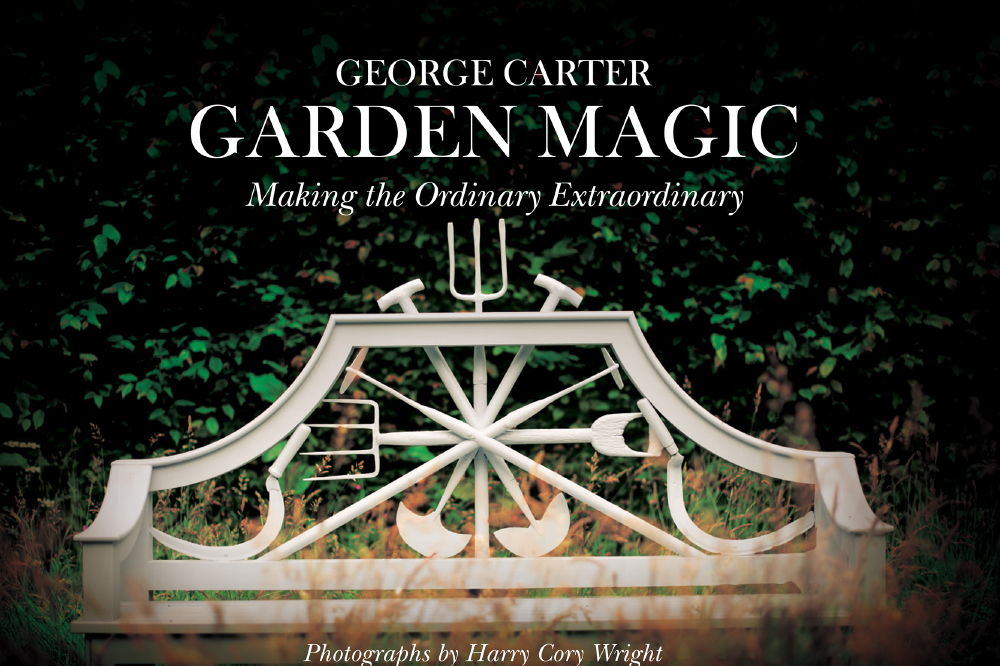-

Home and Garden on Female First
1. Garden design has much in common with interior design- hedges and fences are the equivalent of walls within the house; use these structures to create outdoor rooms.2. Formality works best in a garden when it is contrasted with informality or wilderness.
3. There is no off-the-peg shed that cannot be improved by adding decorative detail, giving it a new roofline or - at the very least - changing its colour. You can buy very sophisticated ready made wooden mouldings from skirting to dado rails and architraves which, when sealed and painted , can be used to embellish and improve the dullest of sheds.
4. Many of the offerings at an average garden centre can be used in different or creative ways. Never dismiss anything at first glance. I don't disregard naff objects: you might not want to use them in their natural state but you can often change the surface or texture, or add gilding or paint. Off the peg Christmas decorations, for example often have potential; it's a question of thinking of using them in an unusual way.
5. Repeat pairs of objects or plants to give an impact which is far greater than the objects used singly. Repeated pairs give as much interest in a garden as ten different coloured plantings.
6. Lighting makes even the smallest garden come alive at night. Look at solar lighting and combine with battery lights and low voltage designs.
7. Age a new cast stone or terracotta urn by dampening the surface and then brushing it with yogurt, sour milk or even beer; rubbing dirt into the surface also encourages patina. When painting terracotta pots don't be too neat - use haphazard brush strokes so that the surface looks broken, or even paint patchily so that the terracotta shows through.
8. Scale and arrangement are always important; arrange pots and containers of similar and different sizes on staging and at different levels to create an interesting composition.
9. In a smaller garden, small natural objects such as shells and pine cones - as well as unnatural objects like artificial fruit can be painted to give them sculptural dimensions and then used around the garden to add interest and detail.
10. Do look back: historical paintings, prints and designs are often very inspirational for modern gardens.

Garden Magic: Making the Ordinary Extraordinary by George Carter is published by Double Barrelled Books on September 10. RRP £25

